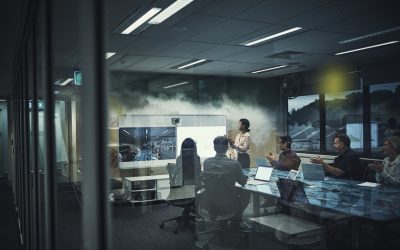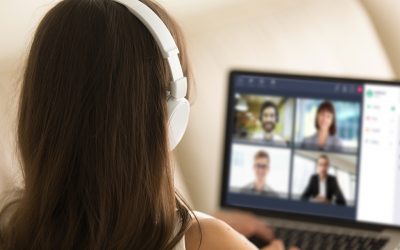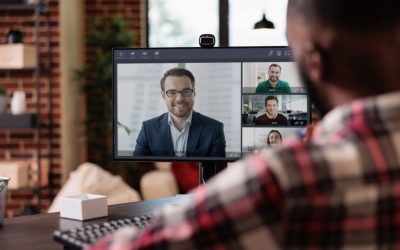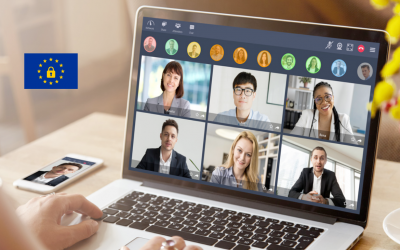When participating in an online meeting, there are certain aspects that should alert you to the level of security. Here is how to spot them to avoid spying on videoconferences. In its flash #91 on economic interference, the DGSI (General Directorate for Internal...
How does secure video conferencing protect the personal data of companies and employees?
Communicating within and outside the company has never been easier. However, the security of video conferencing software is still rarely taken into account and often exposes users' personal data. The urgency of data protection The GDPR 2022 barometer of Data legal...
6 questions to ask yourself before starting a videoconference
A videoconference cannot be improvised! Like a face-to-face meeting, an online meeting must be prepared. To ensure that it runs smoothly, here are the 6 questions to ask yourself before launching a videoconference. 1. Am I in a good environment? It is important to...
Webcam, headset, microphone… Which equipment for efficient video conferences?
If teleworking or hybrid working has become part of your daily work life, it is essential to have the right equipment to interact easily during your video conferences. Here are the essential equipment for your video conferences A large screen and appropriate...
Video conferencing: do you (really) know how your personal data is processed?
The explosion of teleworking and hybrid working has led to the widespread use of video conferencing solutions in organisations. Tools that involve the processing of a multitude of personal data of your company's employees. Protect your employees and your business...
Is 100% GDPR compliant video conferencing possible?
While 42% of Europeans are worried about the use of their personal data (according to this study published in 2022), being compliant with the GDPR (General Data Protection Regulation) is an increasingly important issue for companies. In the age of digitalization of...






